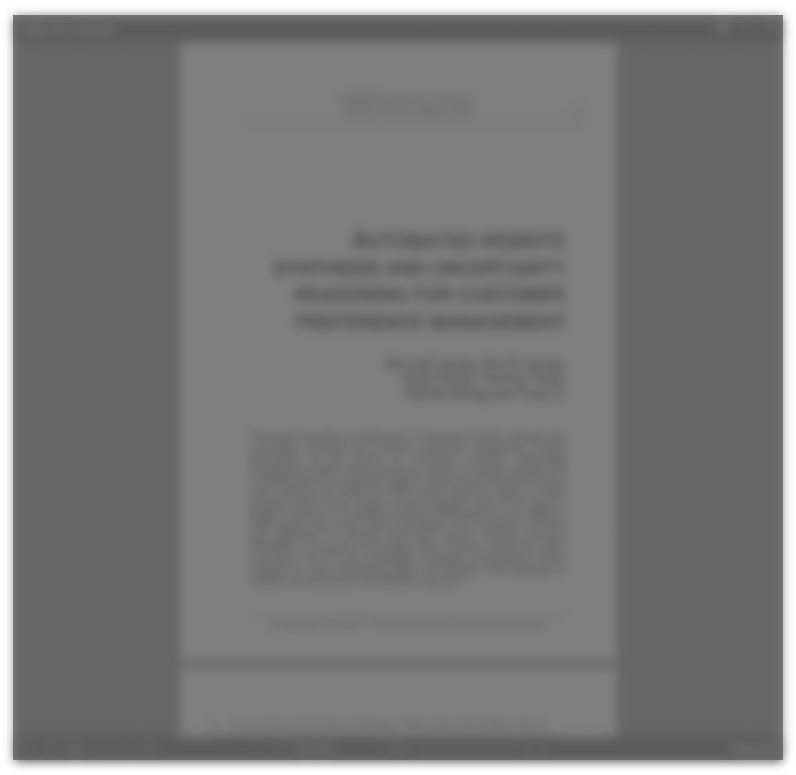Abstract:
This report is meant to be a case-study. It does refer to a series of tests, part of a many years' program, the aims of which were: a) to improve the existing product; b) to extend the assortment after having realised that segmentation of human taste requires a certain segmentation in product design. In this report as in the program itself a large place is devoted to product testing. It begins with an outline of the situation in the market in the year 1959. It will be seen that in order to know it the semantic differential method has been very useful. The first chapter describes a sequence of tests the purpose of which was to give a definite answer to the following questions: A. Which is the consumer's reaction upon the substantially improved flavour?; B. What is the influence of the planned change of material from tin to glass jars upon the product's acceptability? The first chapter comes to an end by describing a survey which was made half a year after the product NESCAFE "NEW" had been launched. Its objective was to ascertain in which way the consumers had changed their opinions about the product. The second chapter deals with product tests which were made in order to fit best the new product NESCAFE "GOLD" to the peculiar taste of the target group. This report goes on by presenting the results of product tests. It endeavours to make obvious that product testing must not only be aimed to find out the comparatively best one out of a given number of samples.
This could also be of interest:
Research Papers
 Market research to develop Nescafé "new" And Nescafé "gold"(German)
Market research to develop Nescafé "new" And Nescafé "gold"(German)
Catalogue: ESOMAR Congress 1966
Author: Gregor Pohl
 September 1, 1966
September 1, 1966
Research Reports
 Nescafé fine blend
Nescafé fine blend
Catalogue: CRAM/Peter Cooper Archive Collection
Author: CRAM/Peter Cooper Archive
 February 1, 1975
February 1, 1975






